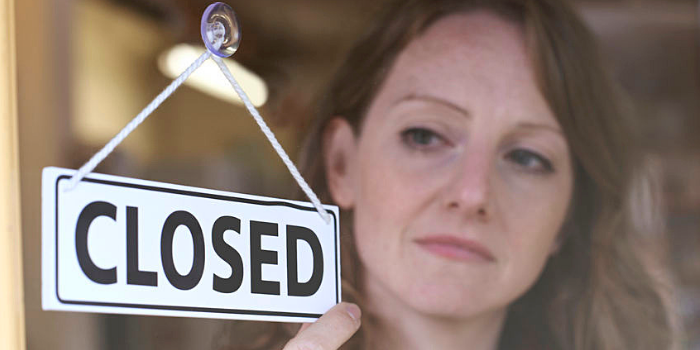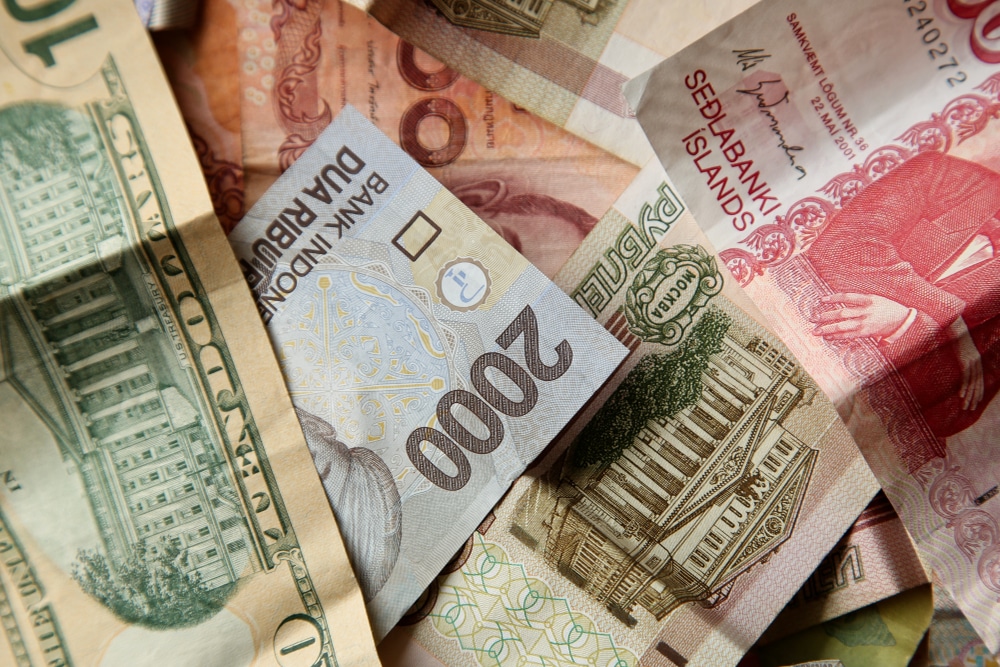
The Seeds for the Next Recession Have Already Been Sown
Contrary to the common tendency, there are times when we have to question whether a “cure” is being applied to an illness that is manufactured by the cure itself.
This sounds cyclical, like a vicious feedback loop: a cure produces an illness that in turn is remedied by the same cure that produced the illness.
As strange as this sounds, there’s something about our economy that resembles it, particularly with regard to booms and busts; expansions and recessions; namely, the monetary policies that manufacture economic maladies in order to “cure” it.
Take J. Bradford DeLong’s (Professor of Economics at UC Berkeley) description on how past recessions may somewhat mirror how the next one will be triggered:
“Three of the last four US recessions stemmed from unforeseen shocks in financial markets. Most likely, the next downturn will be no different: the revelation of some underlying weakness will trigger a retrenchment of investment, and the government will fail to pursue counter-cyclical fiscal policy.
Over the past 40 years, the US economy has experienced four recessions. Among the four, only the extended downturn of 1979-1982 had a conventional cause. The US Federal Reserve thought that inflation was too high, so it hit the economy on the head with the brick of interest-rate hikes. As a result, workers moderated their demands for wage increases, and firms cut back on planned price increases.
The other three recessions were each caused by derangements in financial markets. After the savings-and-loan crisis of 1991-1992 came the bursting of the dot-com bubble in 2000-2002, followed by the collapse of the sub-prime mortgage market in 2007, which triggered the global financial crisis the following year.”
These are all sound points, but only if you assume that recessions described above are either part of a “natural” economic cycle, or stem from external anomalies alien to the natural cycle.
You must also assume that Fed intervention is a necessary remedy to help restore either situation back to the economy’s natural state.
There is a problem with this viewpoint: the cycles described above are NOT “natural economic cycles.” They are manufactured cycles.
And these cycles are driven by, not surprisingly, the Fed’s monetary interventions; the cure that manufactures not only the artificial “health” of the economy but also the “illnesses” to which, once again, must be applied the “cure.”
Does this sound absurd? Perhaps, but consider this.
What drives our current economic expansion? Massive infusions of liquidity, ultra-low interest rates, and a massive increase in debt accumulation.
All of this stems from Federal Reserve actions.
It’s a consequence of the near decade-long Quantitative Easing program that the Fed had initiated following the 2008 financial crisis.
Not only was the late 1970’s recession driven by an overly-aggressive tightening policy--the Fed had inadvertently “engineered” the recession--you can find traces of Fed interventions, from booms to busts, as far back as the 1950s.
In just about every instance thereafter, the Fed’s entire rate cycle shows evidence of “credit-driven” economic expansions followed by tightening-driven busts.
Economic expansion and recession, once a part of a natural economic cycle has become “products” manufactured by central bank policies.
Let’s take a second look at Professor Bradford’s thesis.
What Were the Pre-conditions for the S&L Crisis?
During the S&L crisis from 1986 to 1995, around 1,023 out of 3,234 savings and loans companies collapsed.
Looking beneath the surface, we’d have to ask, “what pre-conditions made such a wide-scale catastrophic event possible?”.
During the 1970s and 1980s, amidst the back-to-back recessions that took place, we see drastic reductions of overnight lending rates to encourage more “borrowing” which in turn would spur credit-driven economic growth.
Cheap money sees no difference between “investment” and “malinvestment.”
As the economy “grew,” bankers extended credit in order to boost profitability. All the while, protocols to manage risk were relaxed to an extent detrimental to the institutions that loosened them.
When, in 1979, the Fed hiked interest rates (from 9.5% to 12%), to combat inflation, the economy (not so unexpectedly) slowed down.
The problem for S&Ls is that the long-term loans they issued at fixed-interest rates were lower than the then-current higher rate at which they could borrow.
There were several other factors that came into play, from outright corruption to high-risk activities, but in the end, the Fed’s actions set the groundwork that led to the entire system unraveling.
The S&L Crisis turned out to be (at the time) the most catastrophic banking collapse since the Great Depression.
The 2001 Dot Com Bubble
Most of us remember the Dot Com Bubble of 2000. Excessive speculation, on both the corporate sector and investor side of things, plus an added dose of “irrational exuberance” were to blame.
But what happened before the bubble? Rewind back to 1991.
The Fed initiated a drastic reduction of interest rates to get the economy going.
In addition to this, factors that led up to the perfect storm, or “perfect bubble,” were a couple of legislative shifts: pension funds across the country were now able to invest in equities, and the Glass-Steagall repeal spurred a massive flurry of high-risk activities among banks, namely highly leveraged speculation, proprietary trading, and market-making.
With the markets exploding and more investors flooding the markets with more and more money, the Fed, worried about an overheating economy, decided to “take away the punch bowl.”
We all know what happened to the bubble once the Fed took the helm.
The 2008 Financial Crisis
Following the aftermath of the Dot Com crisis, the Fed, once again, decided it was time to get the economy going.
Like clockwork, they drastically lowered rates. With the country operating under the presidential administration of “W” Bush, somehow it was decided by Bush and Greenspan to make homeownership opportunities more accessible to everyone in the nation.
Lending standards were loosened, and an assortment of new mortgage structures was devised to help those on Wall Street increase their profits.
The mortgages, many of them “subprime,” were then packaged into massively complex products that were sold to investors, most of whom neither understood nor even suspected the risks that these packages carried.
As the housing market reached its peak, the Fed, this time under Ben Bernanke, decided to hike rates, as inflationary fears once again were becoming evident.
But this time, there was a mistaken assumption that “subprime mortgage loans were contained.”
As we know, that one assumption led to actions that nearly destroyed the entire global financial system.
Engineering Booms and Busts?
Here’s the main point: if you look at just about every expansionary to recessionary cycle we’ve had over several decades, it’s hard to tell whether the Federal Reserve’s interventions are in response to economic conditions, or if they are, in fact, “creating” the very conditions they are responding to.
Is the cure a response to the illness, or is the illness a product of the cure?
Regardless of what you might believe, one thing is certain: having flooded the system with trillions of dollars to help the nation recover from the 2008 financial crisis, the Fed no longer has enough ammo to provide adequate stimulus for the economy should another recession take us under.
Take a look at the Effective Fed Funds Rate below. Simply put, there’s nowhere left to go:

Source: Real Investment Advice
As Bradford DeLong writes:
“If a recession comes anytime soon, the US government will not have the tools to fight it...and the Fed will not have enough room to provide adequate stimulus through interest-rate cuts. As for more unconventional policies, the Fed most likely will not have the nerve, let alone the power, to pursue such measures.”
He is correct. Bear in mind that every crisis has one thing in common: the expectation and belief that the Fed will come in save the economy through monetary policy.
But how can the Fed possibly pull that off now given their current lack of means?
Perhaps a true “flight to safety” might be warranted. Safe haven assets that go up when the market goes down. Real money that appreciates when inflationary pressures erode purchasing power.
Perhaps it’s time to add a little gold and silver exposure to your portfolio.











